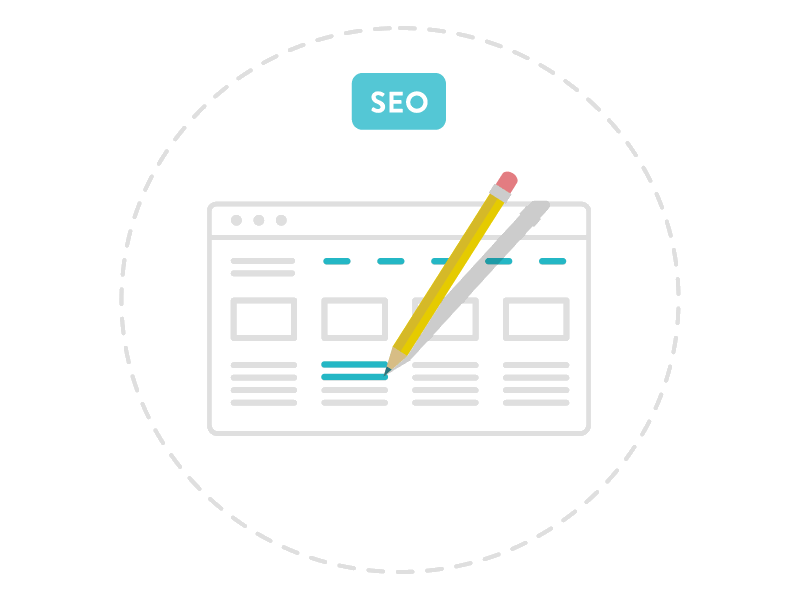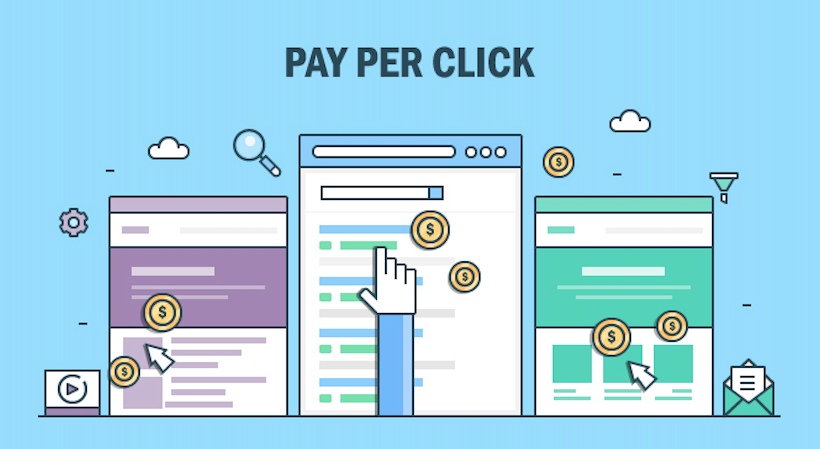You don’t think of yourself as a local SEO, though you own, work for, or market a business. This is understandable, given that the forces of history have seemed to isolate local SEO from other forms of marketing. Putting together citations, directories, owner responses, store locator widgets, removing duplicate listings and other local SEO jobs do not seem like part of your job description at all.
And it shouldn’t be that way. Traditional and digital marketing, including local SEO, has identical goals – customer acquisition, customer service, and customer retention, succeeded via an exceedingly enriched and enriching skill set.
We can narrow the reason for the separation of local SEO from the rest of marketing down to three factors – Early Separation, Dependence on Paid Ads, and the plain fact that it’s a lot to take in.

Early Separation
In the early days of Google, local search was controlled by an algorithm that was much more distinct from their original algorithm than it is today. Businesses were able to rank well locally without even having a website. Google’s Pigeon Update in 2013 signaled Google’s intention of tying the two algorithms together.
Ideally, this should have impacted the way large companies view local SEO as part of their current marketing strategies, but it doesn’t seem we’re quite there yet. Plenty of large companies that have amazing digital marketing strategies are only now seeing the importance and taking the first steps of promoting their brands on a local level.
Dependence on Paid Ads
SEO in general has experienced a lack of adoption and awareness for a long time, due to a lopsided dependence on paid advertising. There are brands that spend literally ten times as much in PPC than they do in SEO, despite the fact that PPC earns less than 10% of clicks in search.
It seems more natural to transition from traditional offline paid advertising to online paid advertising than to go from paid to organic. Additionally, it is a bit more challenging to prove a direct ROI from SEO. This causes business owners and marketers alike to often disregard the power behind organic search. SEO still seems to be in its infancy considering only 17% of small businesses invest in SEO.

Too Much to Digest
The services of any full service SEO agency seems to have begun to be stretched pretty thin. For seasoned SEOs, the services can be easily managed, to a person just learning SEO, it can become a bit overwhelming. Technical website audits, link building, content creation and promotion, on-site optimization, keyword research, brand building, conversion optimization – you get the point.
And that’s just the traditional SEO work. On top of that, there’s a whole suite of items needed to be tackled for local SEO: ongoing citation management, local on-site SEO, local landing page development, store locator widgets, review management, local brand building, local link building, and on and on.
tying it Together
Generally, regardless of marketing tactic, there should be a unified end goal result. Traditional advertising should work together with PPC and those two should work together with SEO, and all of that should work nicely with your in store marketing and sales efforts. It’s extremely important that your marketing works as a team with the same end goal in mind.
When your marketing syncs together, you create a sort of magic. Subtract anything from the picture and you risk losing customers. Keep all marketing efforts in line with the same goal to acquire, serve, and retain consumers. Whether you achievement comes via directory, citation, radio ad, or an article in the local newspaper, you end goal should be identical.

Recent Comments